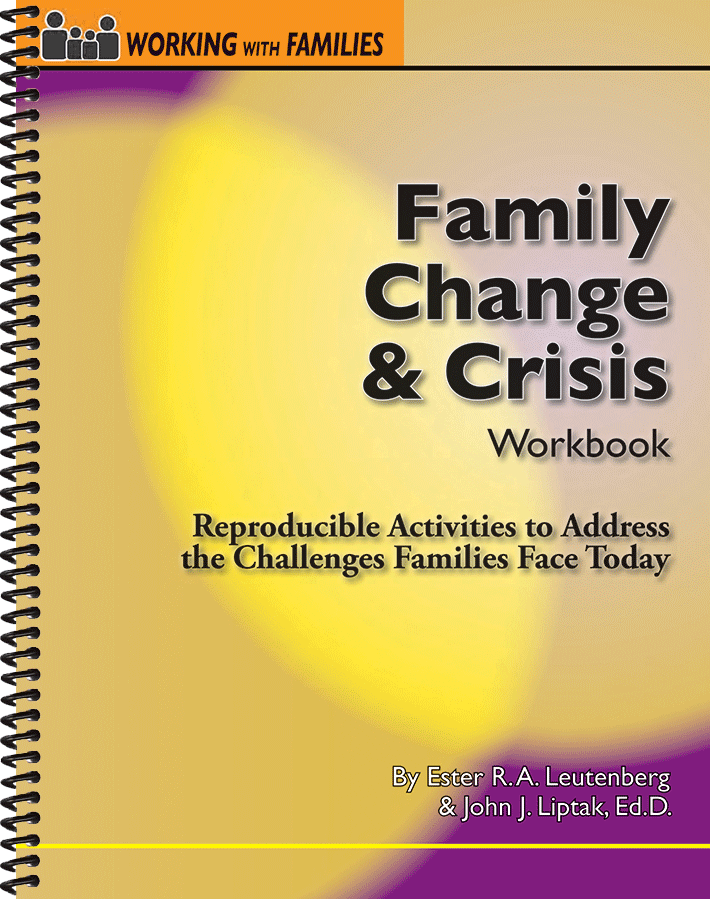*This product may have minor imperfections, such as bent corners, scratches, and scuffs, but is otherwise in good condition.
Reproducible Activities to Address the Change and Crisis Challenges Families Face Today
The beauty, distinction, and uniqueness of this particular series:
EVERY family member has the opportunity to complete a scale on how they feel about themselves, about other family members, as well as how they perceive the other family members feel about them.
At some time or another, most families experience changes, then experience stress resulting from the changes, and then go into crisis mode. However, not all families have a crisis due to the stress of change. Resilient families can rebound from adversity, flex in response to the pressures and strains of everyday family life, become stronger after the change, and adapt with more resources at their disposal. Resiliency refers to the coping strengths of the individual members and the combined coping strengths of the family as a whole. Families who exhibit resiliency are flexible when dealing with stress, have coping strengths that can be called upon when experiencing a stressor, and can reorganize to become stronger and better.
To maintain a functional and helpful family unit, family members must develop skills for managing change, coping with stress, and building resiliency from external and internal stressors. The Family Change & Crisis Workbook provides assessments and self-guided activities to help family members explore old patterns of interaction and behavior that are no longer effective and identify ways to develop more effective interactions and behaviors. Many choices of self-exploration assessments and activities are provided for family members to use collaboratively with other family members to build a healthy family unit.
Use the Family Change & Crisis Workbook independently or as part of an integrated curriculum. You may administer any of the assessments and the guided self-exploration activities to an individual or multiple family members with whom you are working, or you may distribute any of the activities over multiple sessions. Feel free to pick and choose those assessments and activities that best lead to the desired outcomes. The assessments and activities are divided into four chapters to help you identify and select assessments easily and quickly.
- Chapter I: Family Changes
This chapter helps family members explore the types and intensity of the stressful changes the family is currently going through.
- Chapter II: Family Stress
This chapter helps family members explore how well they manage their current family stress and explore ways to cope more effectively with change and stress.
- Chapter III: Family Crisis
This chapter helps family members explore how difficult a change can be for some or all family members and ways to manage and cope with issues and crises.
- Chapter IV: Family Resilience
This chapter helps family members explore ways that the family can come together and build resilience as a family after stressful changes and crises.

